There is a quiet symmetry to meeting two of Ronnie Tallon’s children at their family home on the day that marks the seventh anniversary of the architect’s death.
It reflects the symmetry in the double square he employed in the design of this house, in 1969, for which he received the RIAI triennial housing medal for 1971-73. It echoes the golden section in the proportions of the glazing that create a clear rhythm along the north and south walls. And it brings warmth to the relationship between the structure that seems to float on columns above the ivy understory and the two-acre green cocoon that shelters it.
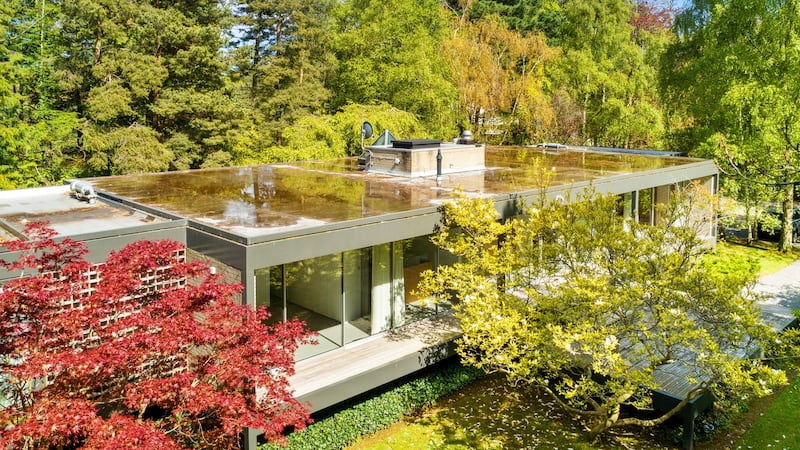
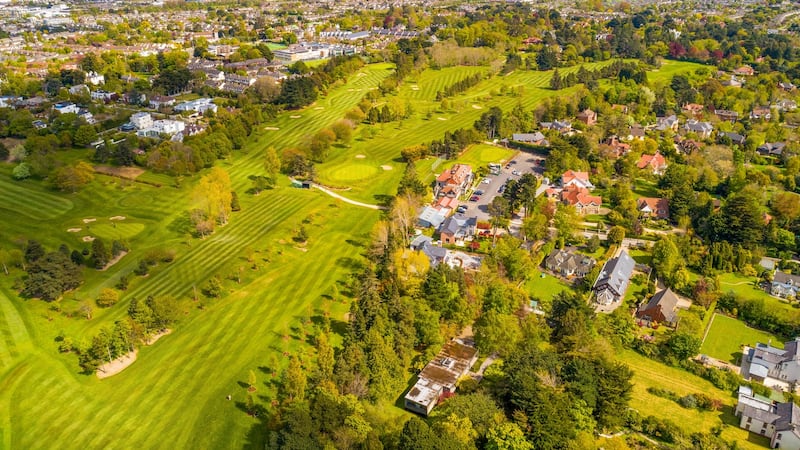
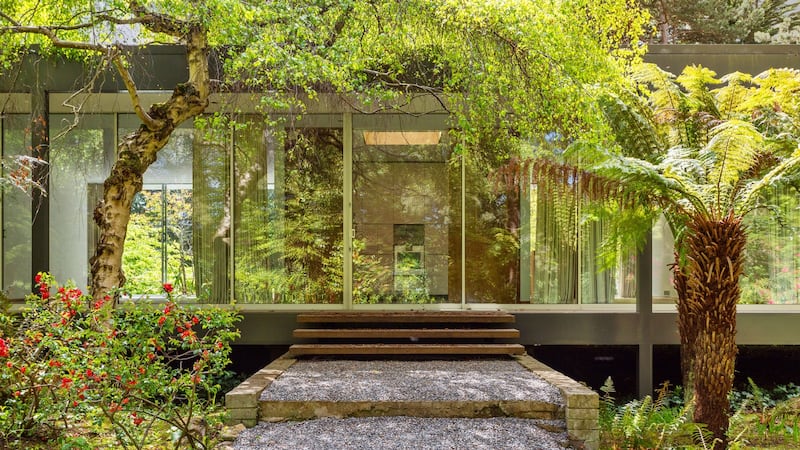
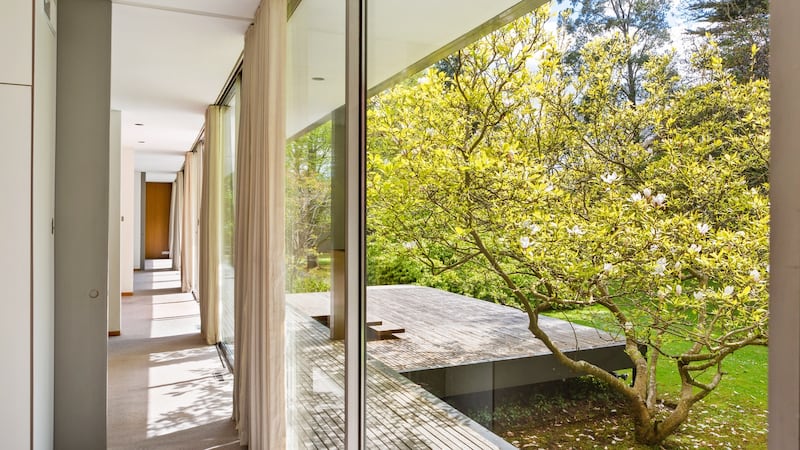
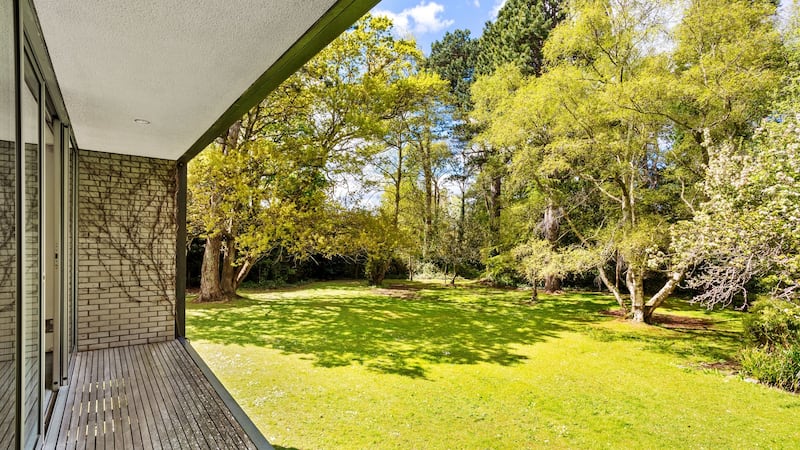
Tallon happened upon the site in 1968, when designing a house for a friend nearby. In a limited edition book, House + Garden (2013), he and his wife, Nora, who died three years ago, described it as a “wilderness adjoining [Foxrock] golf course”, which they bought from the Proby estate. “It was originally a granite quarry... we had to hack our way in to survey the site and when we did we discovered a treasure of wild trees and plants.”
While the house is considered a monument of modern Irish architecture, it presents a modest concrete brick gable to the visitor. It’s only when you walk around to the entrance, midway along the south wall, that the facade is revealed, wide steps lead up to the terrace and the glass walls shimmer with garden reflections.
Joan O’Connor and Michael Tallon, who are both architects – the latter is managing director of Scott Tallon Walker – recall happy childhood days sitting outside the house, legs dangling off the terrace (made of iroko, an African hardwood, that has weathered to an ash finish with no treatment), and how the house exerted a kind of pull on children and grandchildren over five decades. Some of them have lived in the two-bedroom 111sq m (1,200sq ft) gate lodge that was built for an older relative, in the early 1980s, as a condensed version of the main house.
The house is unique in many ways, not least because it is one of a very small number Tallon designed, usually for close friends and some family members. For this house, his main inspiration was the pavilion-like Farnsworth House in Illinois (1945-51), by Mies van der Rohe, whose influence is inherent in the steel frame, the structural columns, the sliding aluminium glazed doors and the way the flat roof appears to float over the terraces on the long sides.
Tallon also returned many times to the Katsura Imperial Palace at Kyoto in Japan, which sits low in the landscape and is surrounded by beautiful terraces and gardens; in the same way, says Michael, that tatami mats dictate the size of Japanese rooms, Tallon used “the freedom of the square” in the proportions at Foxrock, reconfiguring internal spaces as the family grew – and even detailing the wooden posts for outdoor lighting accordingly.
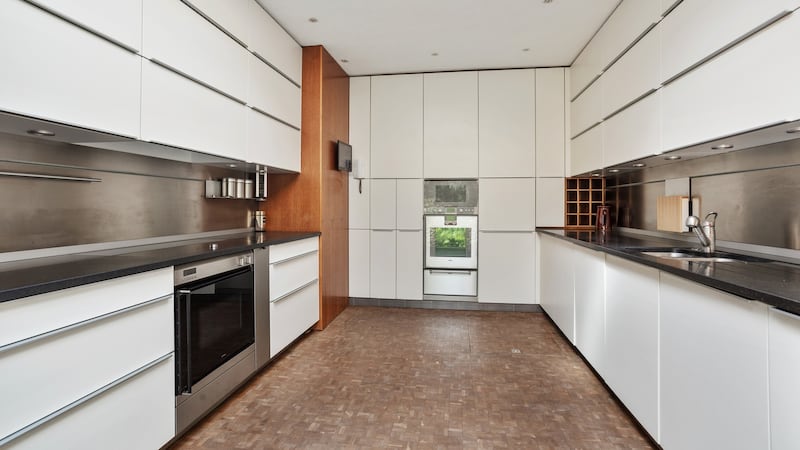
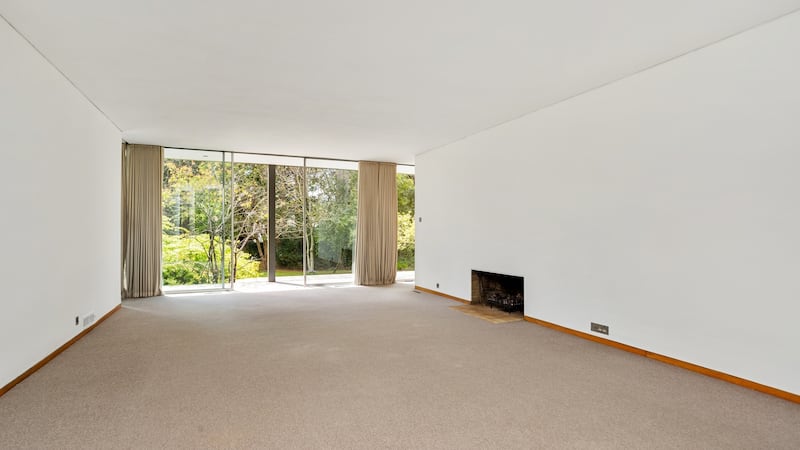
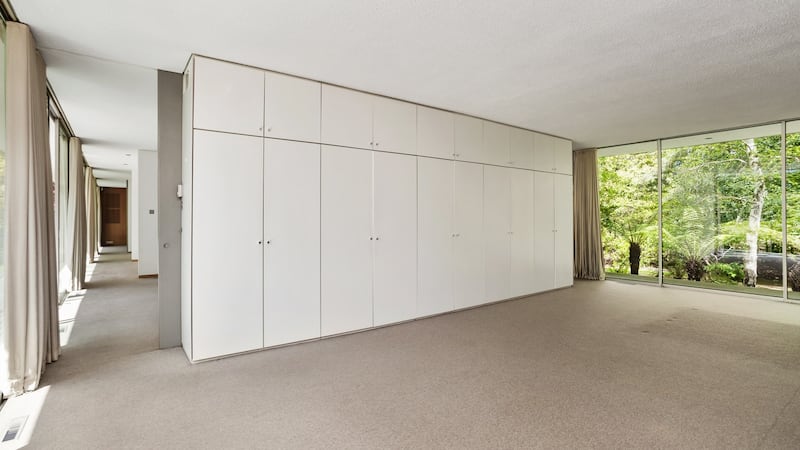
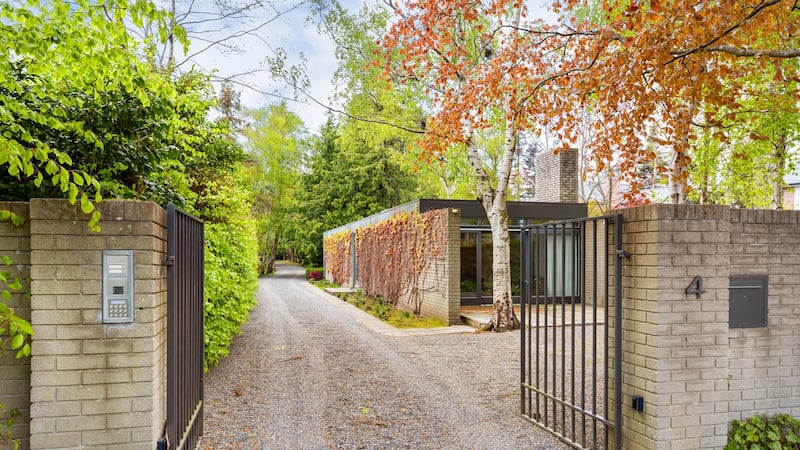
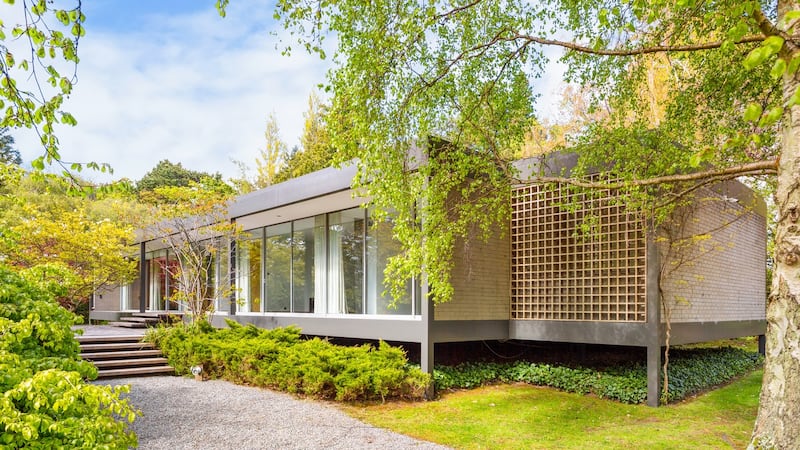
Their father was honoured to receive the housing award – he had already won RIAI triennial gold medals for the RTÉ studios in Donnybrook (1959-61) and the GE factory in Dundalk (1962-64), and in 2010 he was awarded the institute’s inaugural James Gandon Medal for lifetime achievement – but primarily, they say, he was motivated to create a special, and very private, family home on the model of a traditional Irish house, with the entry into the public space and the bedrooms tucked away at either end.
The internal grid defines a simple, timeless plan: the principal rooms in the house, which is about 280sq m (3,000sq ft), are dual aspect. To the right of the entrance is the lounge, which was also used for formal dining. The dividing wall stops short of the exterior and can be closed off from the main bedroom by pocket doors at either side. Built-in wardrobes fill the other side of the wall and off the bedroom are a dressingroom and bathroom, added later, with cedar screens on the windows to give privacy while allowing sunlight to dapple through.
“You can still see the imprint of our lives,” says Joan, indicating the impression of the long oval oak table that spanned the dining room, to the left of the entrance. They are little dimples in the natural wool carpet that complements the undyed silk curtains on ceiling-mounted tracks.
Beyond this, again divisible by pocket doors, are two bedrooms, another later bathroom and Tallon’s study; this was designed to bring the west garden closer to the house through a glass wall.
The kitchen, at the centre, has a very contemporary layout, with sleek Poggenpohl and Gaggenau fittings replacing the original white Formica units. It is floored in end-grain oak parquet, with a trapdoor leading to a store, and opens, across the “herb terrace”, to the atmospheric fern garden that looks over to the golf course.
When the Tallons bought the plot, one specimen tree, a Thuja Plicata, along this northern boundary, was listed for preservation; two more, a Parrotia Persica and a tree magnolia, moved here with the family. Many more dot the grounds – Michael points to an ash sapling that he planted, now taller than the standalone studio/shed near it – and lend a serenity to the gardens that belies its proximity to Foxrock village, the N11 and the city’s hubbub.
Tallon House features on the National Inventory of Architectural Heritage, and Dún Laoghaire-Rathdown County Council’s draft county development plan 2022-2028 lists it as one of the buildings it proposes to add to the Record of Protected Structures. The BER is E2.
It is for sale, for the first time, through Sherry FitzGerald, with an asking price of €3.75 million.











